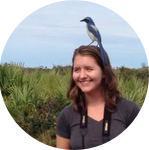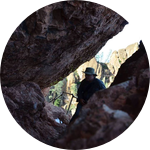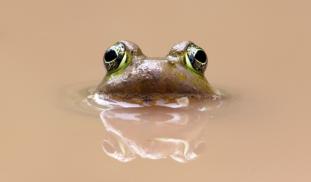Please wait...
About This Project
Frogs are common visitors to our backyards, and these fascinating creatures are also great indicators of our environment's health. However, they face a number of threats, leaving many species endangered.
My project investigates how traffic noise, a widespread source of disturbance, may be affecting frog movement, reproduction, and stress. To do this, I need to obtain solar panels to play traffic noise in a remote area.
Any donations past $225 will be used to keep this experiment going and growing!

Browse Other Projects on Experiment
Related Projects
Using eDNA to examine protected California species in streams at Hastings Reserve
Hastings Reserve is home to three streams that provide critical habitat for sensitive native species. Through...
City smart: Are cities making birds smarter?
One cannot go to Florida and miss the White Ibises roaming golf, park and private lawns. But how does a...
How do polar bears stay healthy on the world's worst diet?
Polar bears survive almost entirely on seal fat. Yet unlike humans who eat high-fat diets, polar bears never...





